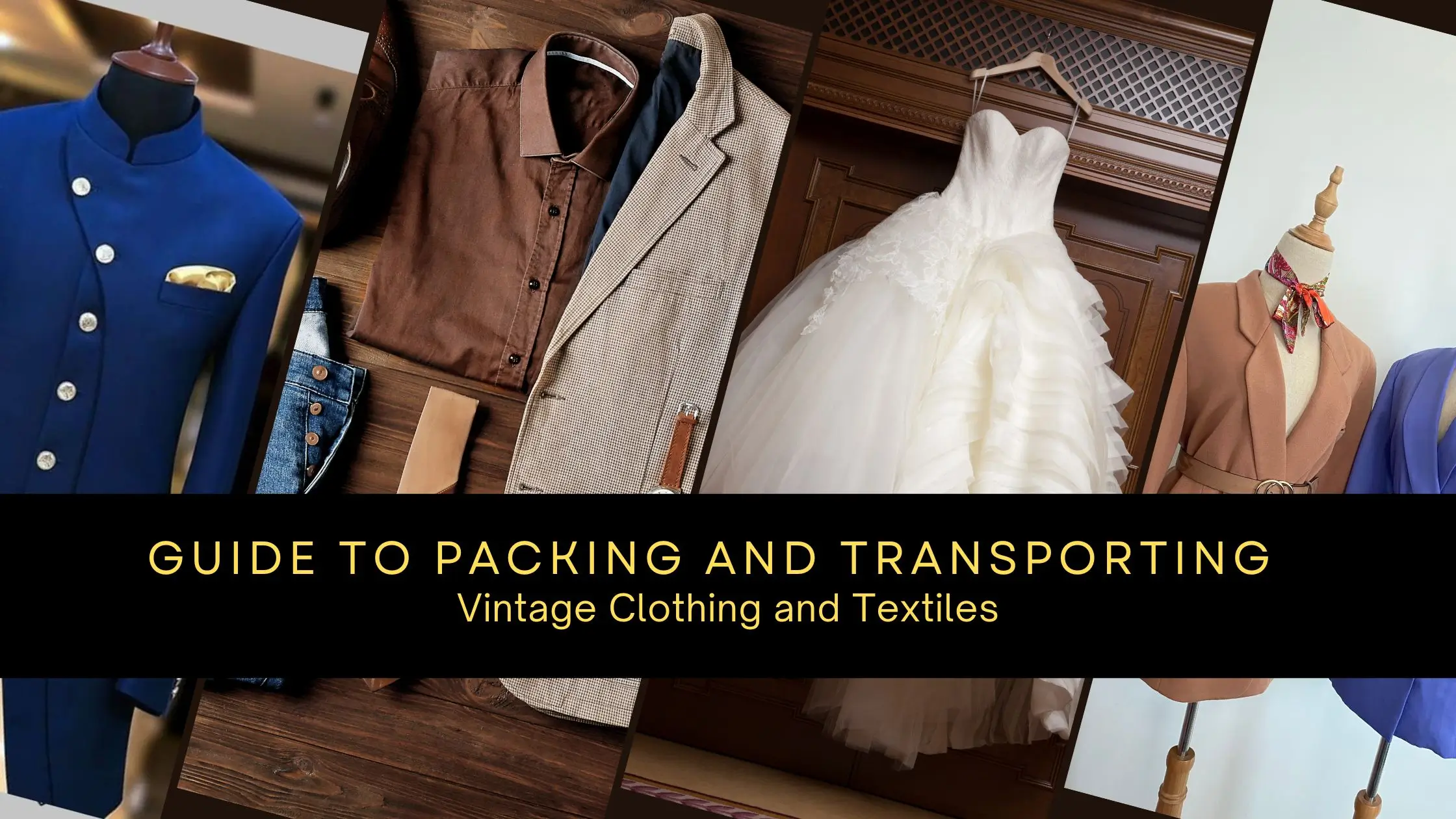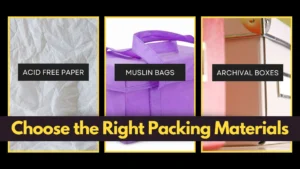Guide to Packing and Transporting Vintage Clothing and Textiles

Considering moving to Dubai with the essential and much-loved collection of vintage clothing and textiles? These additions toll against history, hence personal values—so how can they be carried out in your relocation? PacknDash, your relocation partner in Dubai, realizes the vigor in keeping your treasured vintage textiles collection safe.
This will help you with the most important tips and advice from experts on how to pack your garments and vintage textiles so that obviously, they get to Dubai in the best shape possible, ready to be used over the years.
-
Get Your Vintage Collection Ready
Before you package anything, set some time aside to review your collection. Start by looking for items that will require special handling due to fragile material content, highly decorative beadwork, or other kinds of Bris-able ornamentation.
Particularly with high-value or irreplaceable pieces, you may determine that sending them to a professional textile conservator to have them cleaned and stabilized before the move is warranted.
-
Cleaning should be the priority
It’s always good to clean your vintage clothing and textiles before shipping to clear them off dust, dirt, or other possible allergens that may attract some pests while in shipment. However, you have to exercise caution. Always research the recommended methods for cleaning various fabrics. For example, cleaning your expensive or antique Clinton pieces should be done by a professional cleaner. Never risk home cleaning of heavily embellished apparel. Cleaning may slit the embellishments.
-
Choosing the Right Packing Materials
By all means, ensure that proper materials to be used for packing have been acquired to protect your vintage collection. Right below is the run-down of important articles:
-
Acid-Free Tissue Paper:
Made of lightly abraded, breathing material, acid-free tissue does not impart any chemicals and cushions items well, helping not to cause tearing or snagging.
-
Muslin Bags:
Fine, breathable, muslin bags allow air circulation and prevent mold growth within the bag, hence making them perfect for storing delicate garments.
-
Cedar Blocks:
These are natural moth repellents and are mainly necessary in transit to keep moths and other insects away from attacking and destroying the fabrics.
-
Archival Boxes:
Good, strong, acid-free boxes provide essential protection for heavier garments and textiles.

-
Folding and Rolling Techniques
Folding and rolling techniques are a very crucial part of the safety of your antique apparel while you are shipping them. Following are some tips:
- Folding: Flat fold stronger garments, like jackets and trousers, to reduce creasing. Fill empty sleeves and legs with tissue paper, thereby supporting the shape of the garment.
- Rolling: Knitwear and those items to be protected from pulls and tears, like scarves, should be rolled. Start loosely to not press the fabric too much and add more tissue paper to safeguard the textile item effectively.
-
Special kind of garment packing
Some garments are specially packed with a targeted method:
-
Dresses and Skirts:
Dresses and skirts should first be folded at length, then loosely rolled. Place the rolled garment in acid-free tissue paper and keep it in a box that has sufficient space to not get crushed.
-
Sweaters and Knitwear:
These should not be rolled too tightly as they can stretch or otherwise get distorted in shape. Place them in protective muslin bags, then lay them inside a box with enough space.
-
Hats:
Stuff the area of the head of a hat with acid-free tissue paper. Stand them upright on the hard box, padded with extra tissue paper.
-
Belts:
Coil belts loosely and place them in another box. This will prevent them from tearing or damaging other clothing.
-
Labeling is Key
Clearly labeling your boxes can be quite helpful at the far end in unpacking and getting things organized. On the label, describe precisely what is inside, for instance, “Vintage Silk Blouses” or “Embroidered Quilt.” You must also mark the boxes as fragile when you are moving something fragile inside them so that the movers handle those more carefully.
-
Packing Tips for Dubai’s Climate
This is one of the unusual challenges that Dubai’s hot and humid climate poses in terms of storing vintage clothing and textiles. Here are a few more tips:
-
Moisture Control:
Add moisture absorbers to your boxes when packing, as this shall keep the level of humidity in check. This surely would prevent mold growth.
-
Sun Light Protection:
Upon arrival in Dubai, keep the cartons with light-sensitive materials like silk/satin or velvety, cool and dark place to prevent the items inside the carton from fading.
Related: Packing tips before moving to Dubai.
-
Choose a Quality Mover
It then becomes very necessary that one partners with a professional moving company in the handling of breakable items. At PacknDash, our proficient packers employ specially trained techniques using quality materials so that your vintage collection reaches Dubai safely.
We know the distinctions of moving to Dubai—this includes how to navigate customs regulations that may apply to certain textiles.
-
Unpacking and Storage in Dubai
Treat your vintage collection with care when you arrive in Dubai. First, let the garments breathe a bit and then store them. Store your vintage clothing and textiles in a cool, dry, dark place, if possible, with good ventilation. Long-term storage in cedar chests or wardrobes constructed of breathable materials is the only way to ensure that they remain in the best possible condition.
Conclusion
Equipped with the following tips, along with PacknDash as your partner, your trusted Dubai relocation partner, rest assured that the closest vintage clothes and textiles will get to Dubai, ready to be again enjoyed for life.

